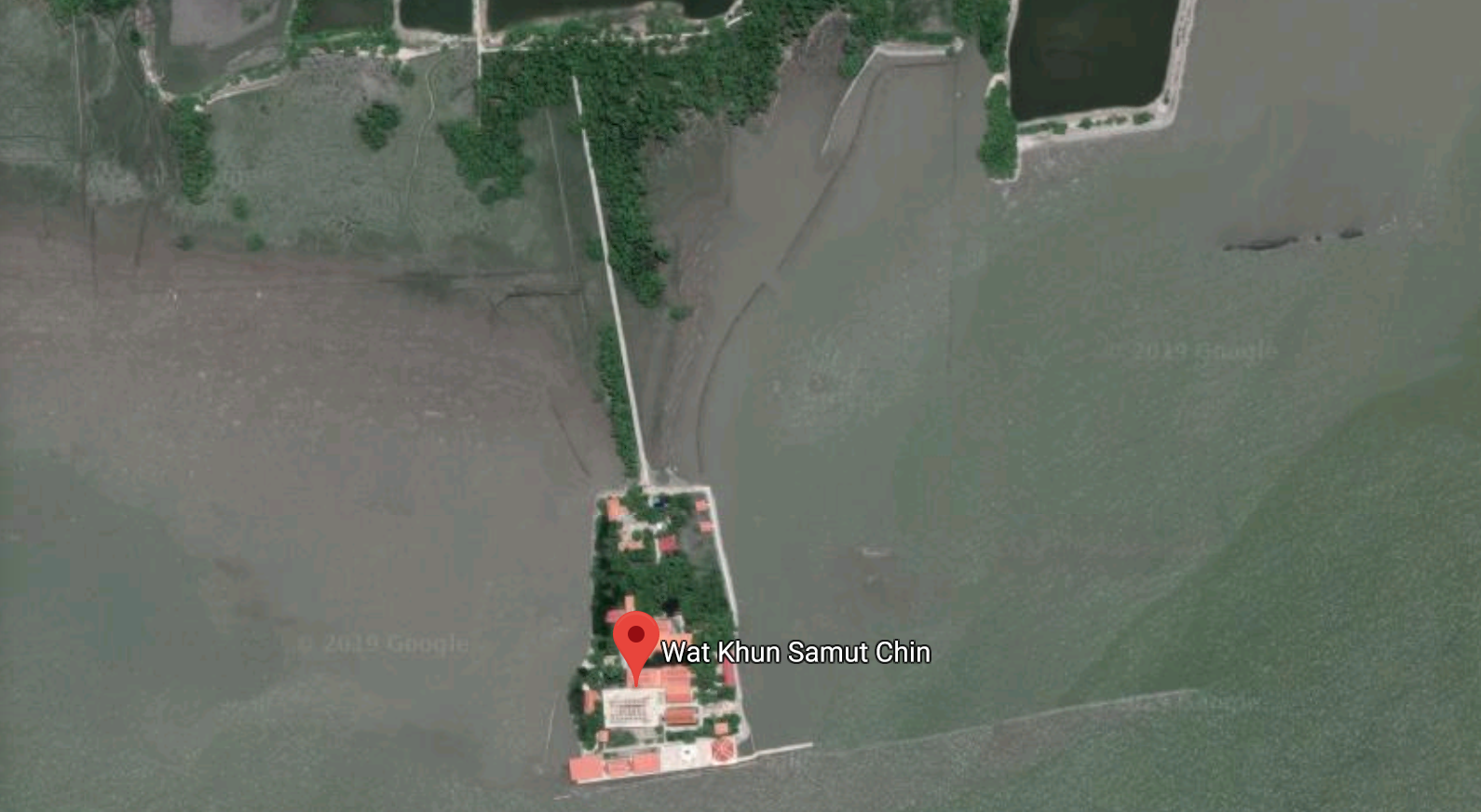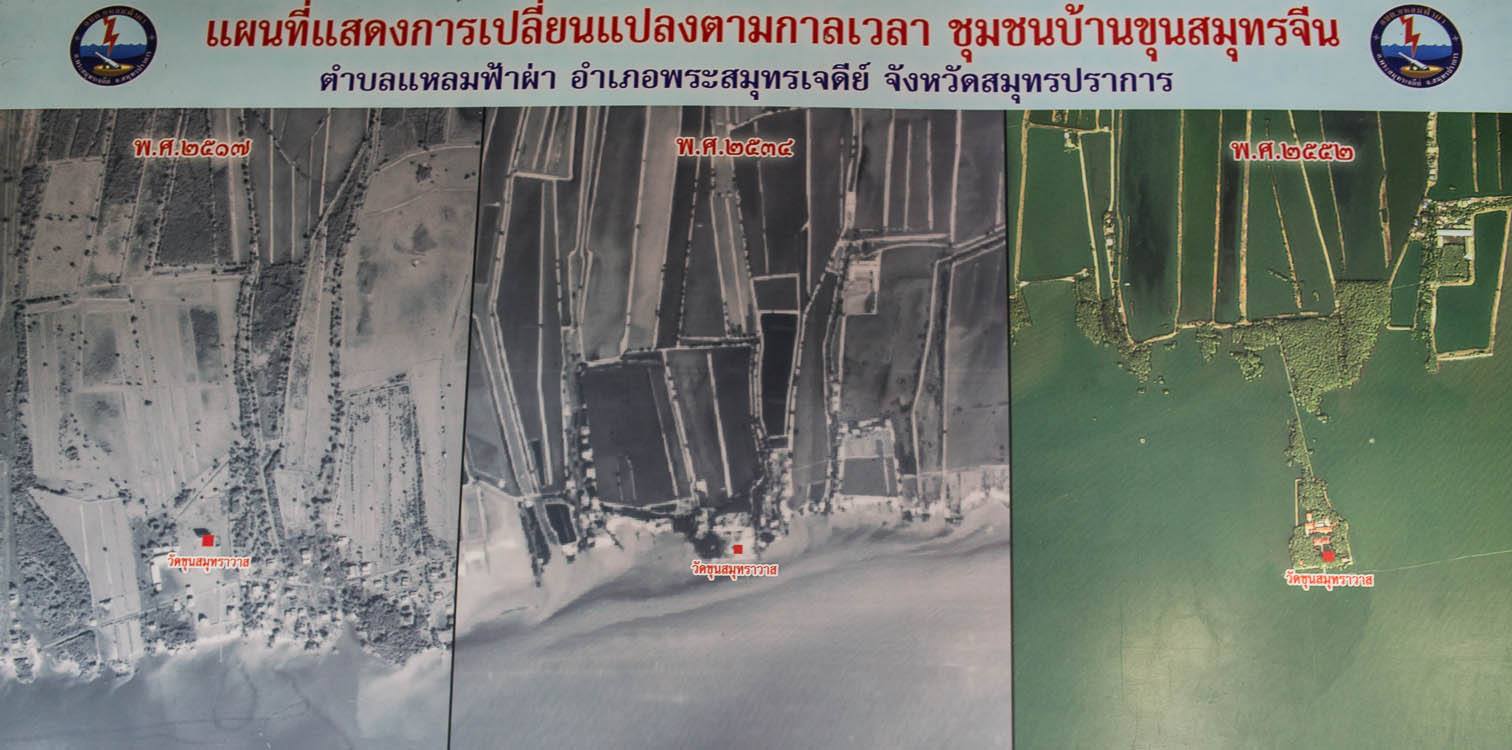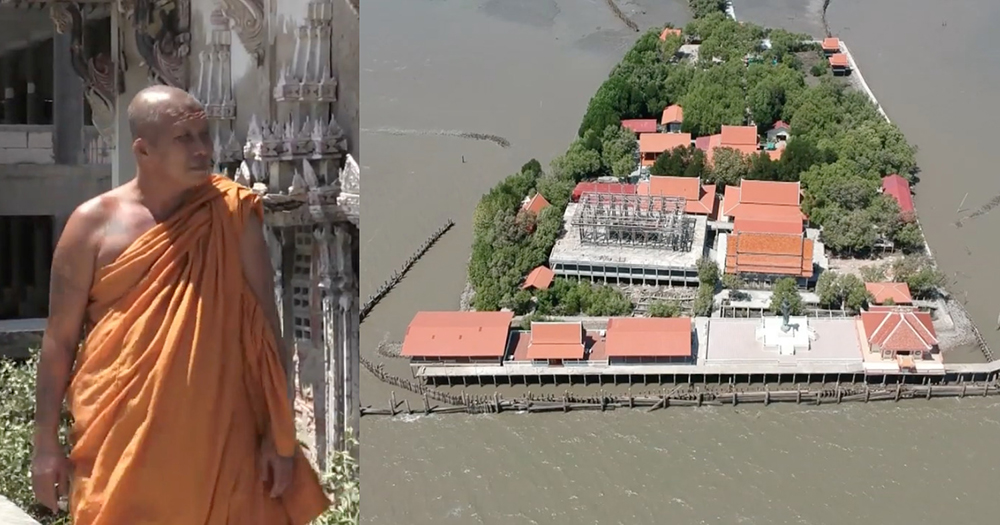A Thai Buddhist temple in the fishing village of Samut Chin, south of Bangkok, has become a symbol of sorts.
In the face of global warming and its impact on coastal communities, the temple has remained where it is even as its surroundings have eroded.
Last one standing
Known as Wat Khun Samut Trawat/ Wat Khun Samut Chin, the temple has since earned the moniker of "floating temple" due to its isolation from the mainland as a result of coastal erosion, Agence France-Presse (AFP) reported.
The temple is still standing is largely due to efforts of its 51-year-old abbott, Somnuek Atipanyo.
He has taken steps to renovate the temple, Asian Geographic reported.
Temple used to be in the middle of the village
Somnuek said the temple used to be in the middle of the village when he elaborated on the severity of the problem.
As the sea began encroaching into the coast over the past 30 years, many of the temple's neighbours began shifting further inland to rebuild their wooden homes.
Somnuek added that had the temple been moved, nobody would have known that there had even been a temple in the first place.
Currently, the temple is accessible only by a small footbridge that extends out from the mainland.
 Source: Screenshot from Google Maps
Source: Screenshot from Google Maps
Temple was initially abandoned before being restored by Somnuek
Somnuek said the temple had actually been abandoned to the sea prior to his arrival there as a young monk in his early 30s, Asian Geographic reported.
Somnuek said the conditions he found the temple in were bad:
"When I first visited, much of the temple was destroyed from water, and it was impossible to pray. I took it as a challenge to try and fix up the temple."
As part of his efforts to restore the temple, Somnuek said that he renovated the place, raising the floor of the prayer room by nearly a metre to protect it from flooding at high tide, Asian Geographic highlighted.
Additionally, Somnuek further worked over the course of 15 years with volunteers to help plant mangrove trees around the temple's perimeter.
A stone barrier was also built to protect the temple grounds from the waves.

Coastal erosion largely due to clearing of mangrove forests
Much of the coastal erosion has largely been the result of large tracts of mangrove forests getting cleared for development, AFP highlighted.
The site of the temple is one such area that used to be sheltered by mangrove forests as they fortified the shoreline against erosion with their extensive root system.
However, these ecosystems have since been cleared for the development of shrimp and salt farms, and the building of new houses and hotels.
Much of Thailand's mangrove forests lost
Thus far, Thailand has been estimated to have lost up to almost one-third of its vast coastal mangrove forests between 1961 and 2000, according to a report by the Thai Department of Marine and Coastal Resources and the UN Environment Programme.
Climate change has also exacerbated the problem with bigger waves and monsoons of a greater intensity, AFP further stated.
In total, around a quarter of the country's shores, or about 700 kilometres, are eroding, according to data the Thai Department of Marine and Coastal Resources shared with AFP.
Top image collage screenshots from AFP
If you like what you read, follow us on Facebook, Instagram, Twitter and Telegram to get the latest updates.
